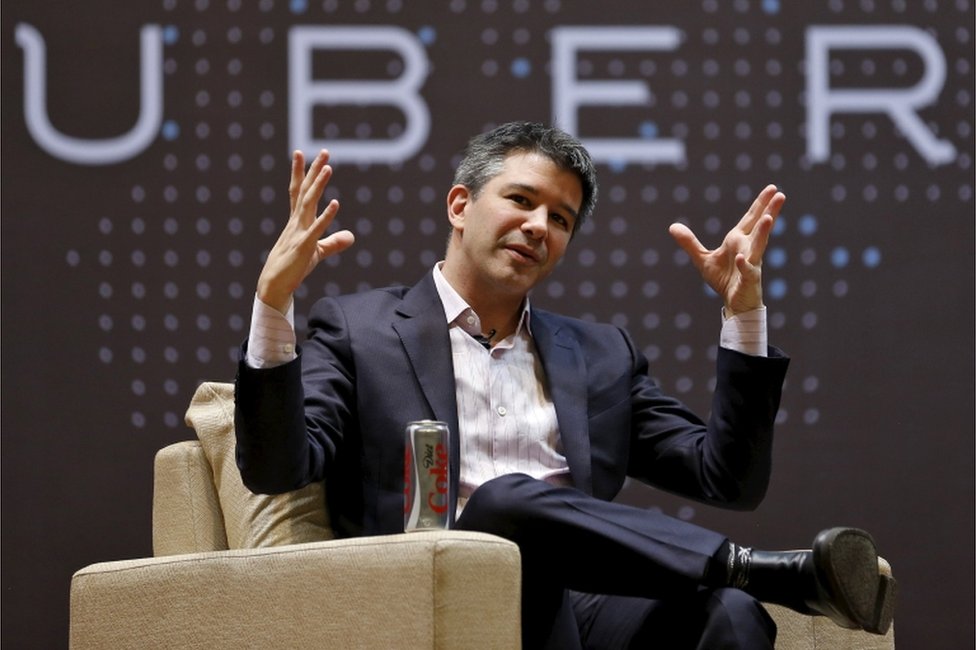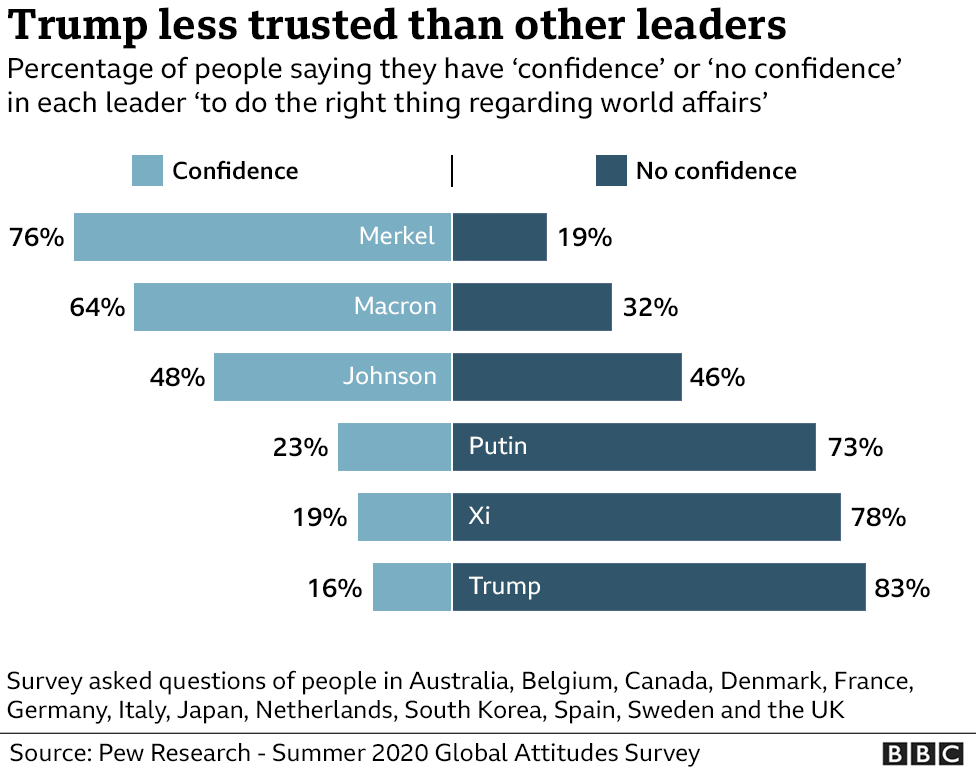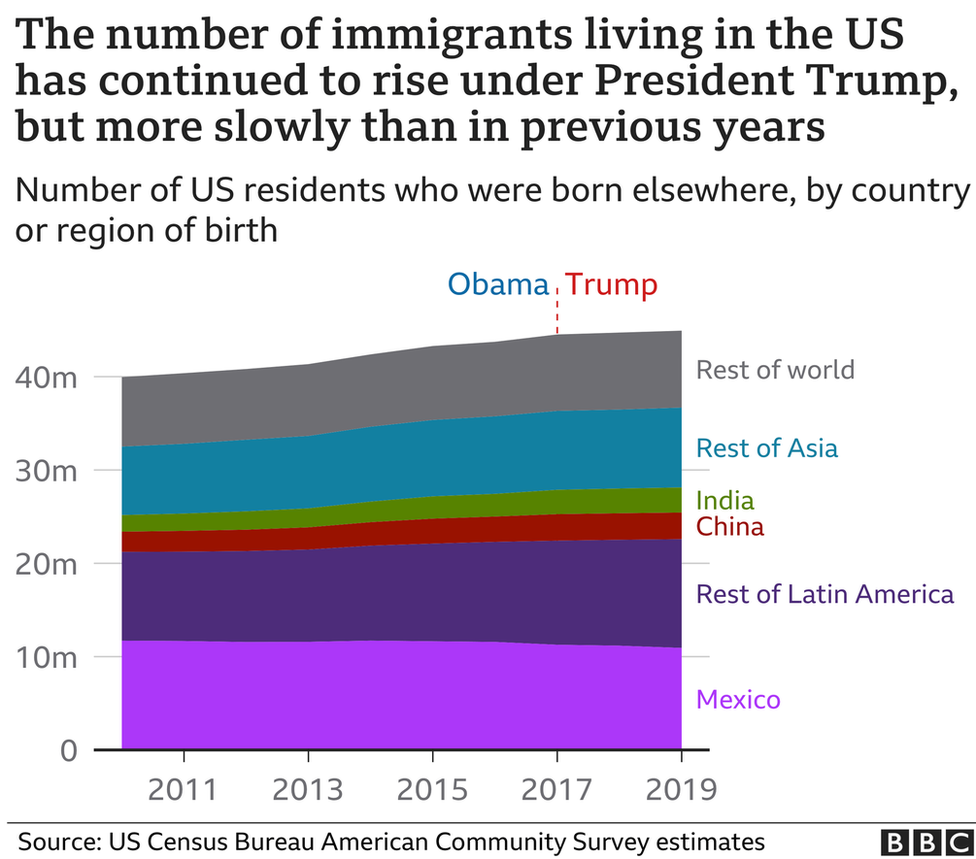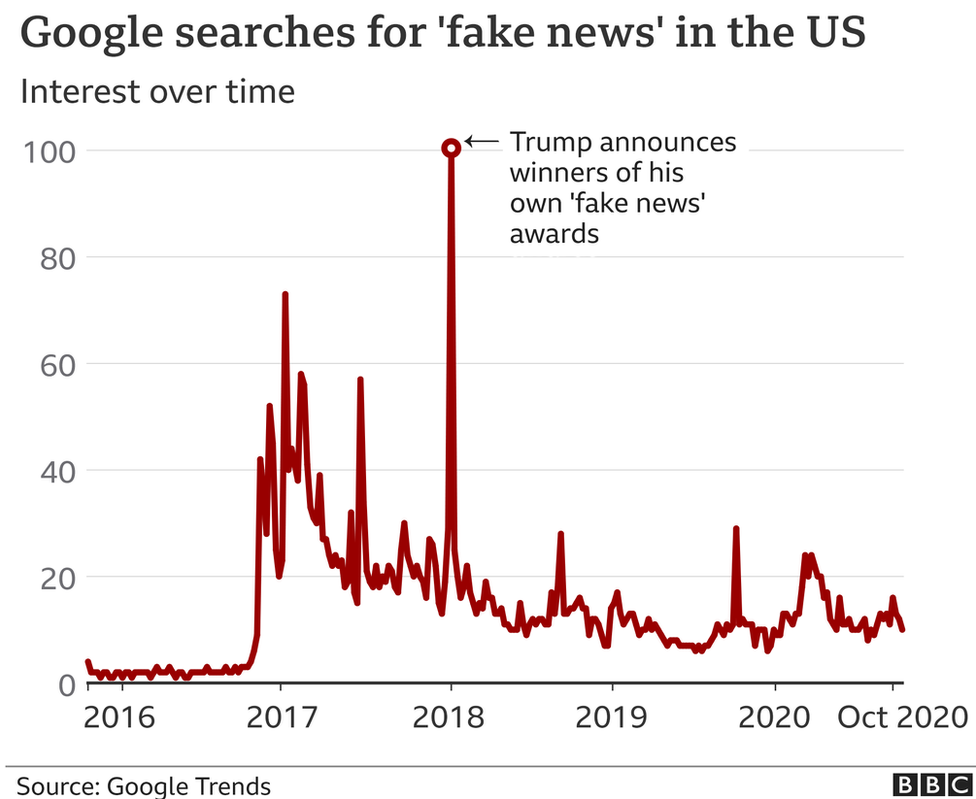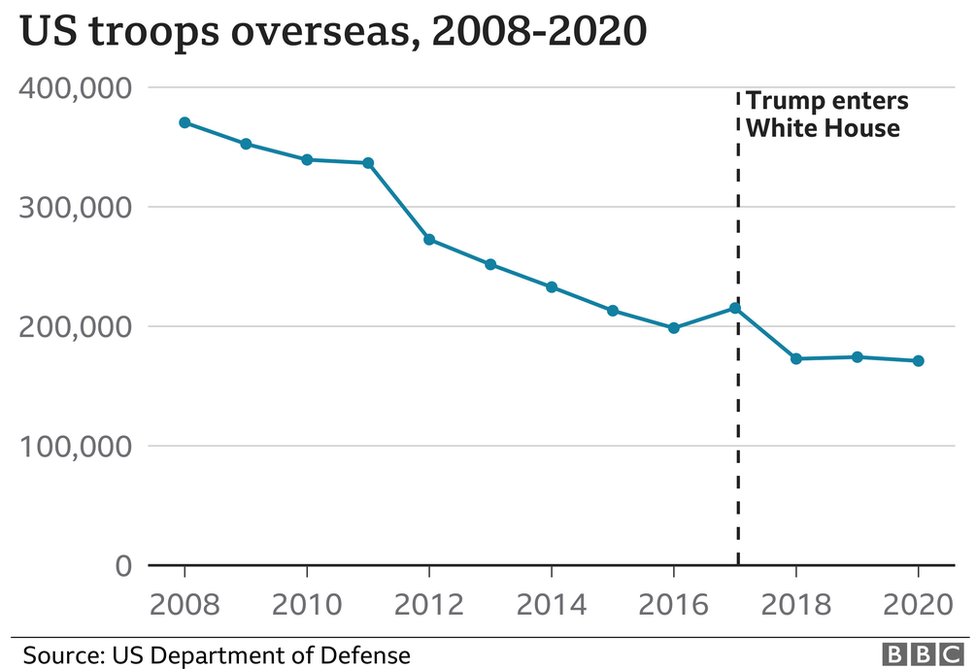Trưa ngày 16/10/2020, một thanh niên người Tchétchène, tên Abdoullakh Anzarov, đã cắt cổ Thầy giáo Sử Địa, ông Samuel Paty, ngay trước trường Trung học Le Bois d'Aulne nơi ông đang dạy, ở Thành phố Conflans-Sainte-Honorine, ngoại ô Tây-Bắc cách Paris chừng 40km Paris . Hành động dã man này đã làm cả nước Pháp và cả một phần thế giới, giựt mình kinh tởm . Những người dấn thân tranh đấu bảo vệ quyền tự do diễn đạt, tự do báo chí, đang rùng mình nghĩ rằng phải chăng quyền tự do này từ nay bị kết án tận cửa học đường ?
Việc ám sát Thầy giáo Samuel Paty không chỉ có nghĩa là giết ông ấy để ông phải đền tội đã xúc phạm tới Mohamed, mà còn là một thông điệp gởi cho các nước Tây phương, quê hương của Dân chủ và Nhơn quyền. Thật vậy, giết xong, thủ phạm bèn hét lớn «Allah Akbar!!» (Chúa vĩ đại!) . Tiếp theo, nó chụp hình cái đầu nạn nhơn, phổ biến lên mạng. Bằng chứng chiến thắng tội ác vì Mohamed !
Cách nay 5 năm, cũng hồi giáo đã tấn công Tuần báo trào phúng «Charlie Hebd», giết 8 nhà báo và 3 nhơn viên Tòa soạn đang làm việc, để xử tội đã phát hành số báo 1177, hình bìa vẻ bức hí họa xúc phạm tới Mohamed. Và nay, trong lúc Tòa án Pháp xử vụ Tuần báo Charlie, một người hồi giáo tấn công bằng mã tấu hai người đang đi trước trụ sở cũ của Tuần báo Charlie vì hiểu lầm đây là nhà báo Charlie.
Pháp và Tây Âu bị hồi giáo khủng bố liên tục trong lúc Chánh phủ các nước nơi đây đón nhận nhiều tỵ nạn người hồi giáo, với nhiều trợ cấp xã hội ưu đãi . Riêng Pháp đã tiếp nhận suốt thời gian gần đây hơn 50 000 người Tchétchènes tỵ nạn nội chiến.
Tên hồi giáo khủng bố Anzarov vừa giết Thầy giáo Samuel Paty cũng là người trong số dân tỵ nạn Tchétchènes này. Anzarov sanh ngày 12 tháng 3 năm 2002 tại Moscou, tới Pháp năm 6 tuổi, vừa được giấy định cư vì trưởng thành hôm 4 tháng 3. Gia đình ở thành phố Evreux, cách Paris chừng 70 km về phía Tây-Bắc.
Theo điều tra, lúc nhỏ, Anzarov có tánh tình hay gây gổ, đánh nhau với bạn. Nhưng trong thời gian gần đây, tánh tình thay đổi hẳn. Ít nói. Càng ít nói chuyện với bạn gái. Chịu khó giúp đỡ gia đình, săn sóc các em, đưa ông nội đi khám bịnh. Trong kỳ nhập học hồi tháng 9 vừa qua, Anzarov nghỉ học, đi làm để phụ giúp gia đình.
Một hôm, nhờ một người bạn chở dùm xuống Paris chơi, tới Conflans-Sainte-Honorine, cậu ta xuống. Và dấn thân vào tội ác để phục vụ đức tin hồi giáo.
Theo báo cáo điều tra của cảnh sát, thì không có ai, cả nhà của Anzarov nữa, biết hay thấy cậu ta tới một nhà thờ hồi giáo nào, hoặc một nhóm hồi giáo nào để bị ảnh hưởng. Tuyệt nhiên không có. Nếu Anzarov trở thành hồi giáo cực đoan đi đến hành động sát nhơn thì chính cậu ta đã âm thầm một mình chọn qua mạng internet và quyết định. Và cũng qua mạng, Anzarov tự tổ chức vụ ám sát Thầy giáo Samuel Paty.
Tới cuối trưa hôm 16/10 vừa qua, Anzarov chỉ cần giúp nhận diện đúng mục tiêu mà thôi. Tới trường Le Bois d'Aulne, Anzarov nhờ một học trò, và cho em nhỏ này 300€, để chỉ ai là Thầy Samuel Paty.
Một vụ xử tội kẻ xúc phạm Mohamed
Sau cái chết thảm khóc cuả Thầy giáo Samuel Paty, cảnh sát phát hiện trên Twiter của thủ phạm một thư nhìn nhận hành động sát nhơn là xử tội kẻ xúc phạm Mohamed «Abdullakh, tôi tớ của đấng Allah, gởi Macron, kẻ lãnh đạo những tên ngoại đạo (infidèles), ta đã hành huyết một trong những con chó của địa ngục của mi đã dám hạ thấp Muhammad. Mi hãy bảo những kẻ khác im ồm trước khi ta giáng cho một đón mới chí tử».
Mà ông Samuel Paty chỉ dạy học trò về quyền tự do diễn đạt đúng theo chương trình giáo dục Lớp 4è (như Đệ 5 vn) của chánh phủ. Ông sử dụng những bức hí họa của Tuần báo Charlie Hebdo cho học trò của ông coi qua để đặt vấn đề thảo luận nhóm. Mà trước đó, ông đã lưu ý học sinh có ai thấy nhạy cảm về chuyện này thì miễn tham dự hoặc tránh coi hình. Tức Thấy Samuel Paty hoàn toàn không có ý khiêu khích hay bài bác tôn giáo.
Hoàn cảnh của những nhà giáo dạy các môn nhân văn ở Pháp ngày nay vô cùng thảm hại. Theo kết quả điều tra của Viện Ifop có 38% thầy cô đã tự kiểm duyệt bài vở và cả lời nói của mình một cách khắc khe để phòng tránh những chuyện không hay xảy ra cho chính mình!
Ngoài thư thừa nhận thành quả giết người của thủ phạm Anzarov, cảnh sát tìm thấy nhiều loại võ khí và một số người liên hệ trong đó có cha mẹ học sinh học lớp của Thầy Samuel Paty.
Thi hành xong sứ mạng hồi giáo tự nguyện, thanh niên Anzarov chạy thoát thân, bị cảnh sát được tin truy nã và hạ sát liền sau đó.
Cả nước Pháp xúc động và tưởng niệm Thầy Samuel Paty
Sáng nay, 20/10/2020, Dân biểu mang quốc kỳ theo cách để tang xếp hàng đứng trước tiền đình Quốc hội, bên cạnh là chơn dung Thầy giáo Samuel Paty, làm một phút mặc niệm truy điệu Thầy Samuel Paty bị sát hại một cách dã man trước trường Le Bois d'Aulne ở Conflans- Sainte- Honorine trước khi vào phòng họp. Dồng thời Đội lính Phòng vệ Cộng hòa trổi bản quốc ca «La Marseilleise» .
Trong Quốc hội, trước khi khai mạc phiên họp, Chánh phủ và Dân biểu cùng đứng lên giữ một phút mặc niệm cho Thầy giáo Samuel Paty.
Chiều ngày 21/10, lúc 6 giờ 30, tại Sân Danh dự hay Sân chánh (la Cour d' Honneur, trước đây, làm lễ khai giảng đầu niên khóa) của Đại học Sorbonne, nơi tiêu biểu cho sự hiểu biết của Pháp, dưới tương của Victor Hugo và Louis Pasteur, TT Macron và « đông đảo » nhơn viên Chánh phủ, giới chức Giáo dục cử hành lễ truy điệu cấp Quốc gia Thầy giáo Samuel Paty. Ông Tổng thống, mặt đanh lại, mắt rướm lệ, lớn tiếng kêu gọi toàn dân đoàn kết, khai chiến với thế lực hồi giáo khủng bố. Lần đầu tiên ông Tổng thống Macron dám công khai chỉ thẳng Nhà nước hồi giáo.
Báo chí và các viện thăm dò dư luận hỏi dân pháp đối với hồi giáo, tất cả trả lời «không ưa» tới 75% nhưng không có mấy người dám nói ra. Sợ hay vì một thứ mặc cảm mang tính tổ tông ?
Nay trước cái chết quá đau lòng của Thầy giáo Samuel Paty, chánh giới pháp đều cực lực lên án hồi giáo khủng bố. Cả phe Tả nữa nhưng với chừng mực nào đó. Như Ségolène Royal, cựu Tổng trưởng của TT Mitterrand, cựu ứng cử Tổng thống, lên án vụ giết Thầy giáo Samuel Paty với lời nhận xét «hành hung» (agression), không dám nói rõ hành động đó là «cắt cổ» . Hành hung hay tấn công mà cái đầu của nạn nhơn lìa khỏi xác, được hung thủ để qua một bên và chụp hình đưa lên mạng ! Và cũng chính ông Tổng thống của bà ấy, ông Mitterrand, năm 1981, vừa đắc cử, liền hợp thức hóa cho 600 000 dân đen, á rặp hồi giáo ở lậu ở Pháp, sau đó, cho vào quốc tịch pháp để ông đắc cử thêm một nhiệm kỳ 7 năm nữa. Nước Pháp ngày nay thừa hưởng cái di sản xhcn của ông.
Tổng trưởng Nội vụ Gerald Darmanin vừa ra lệnh đóng cửa một nhà thờ hồi giáo ở Bobigny, ngoại ô Đông-Bắc Paris vì có những tuyên truyền có tính xách động có lợi cho khủng bố. Ông cũng chỉ thị các lực lượng an ninh theo dõi kiểm soát những người hồi giáo có thành tích bất hảo, và nhứt là hiện nay, cộng đồng tỵ nạn Tchétchène. Ông cũng đề nghị dẹp bỏ Tổ chức chống những người chống hồi giáo (CCIF= Collectif Contre l'Islamophobie en France) vì đây chỉ là một tổ chức trá hình của con ngựa Thành Troyes mà thôi.
Tối thứ ba 20 /10 /2020, một cuộc biểu tình quan trọng của chánh giới tại thành phố Conflans Sainte Honorine để tưởng niệm Thầy giáo Samuel Paty bị kẻ khủng bố hồi giáo thảm sát. Từ hôm chủ nhựt tới nay, các thành phố lớn như Marseille, Toulouse, Bordeaux, Lyon, Strasbourg, Paris, nghĩa là cả nước Pháp, dân chúng xuống đường đông nghẹt bày tỏ lòng câm thù khủng bố hồi giáo, lên án mọi hành động khủng bố, bày tỏ lòng thương tiếc nạn nhơn.
Trong không tới 2 tuần nữa là nhập học sau lễ Các Thánh (Toussaint), các thầy cô dạy môn văn, sử địa, luân lý và công dân, sẽ gặp lại học trò của mình. Một kỳ nhập học đặc biệt. Một cuộc gặp lại học sinh của mình trong một hoàn cảnh cũng vô cùng tế nhị.
Cả thầy lẫn trò đều không ai có thể quên được đồng nghiệp của mình, thầy của mình, vừa bị cắt đầu ngay trước trường vì đã dạy môn «luân lý và công dân» mà bài học hôm ấy là «quyền tự do diển đạt»!
Những ngày tới đây sẽ quyết định có nên tiếp tục làm nảy nở tinh thần thảo luận và phê bình ở trẻ con, truyền lại những hiểu biết là một phần tạo thành nền văn hóa của chúng ta hay không ?



